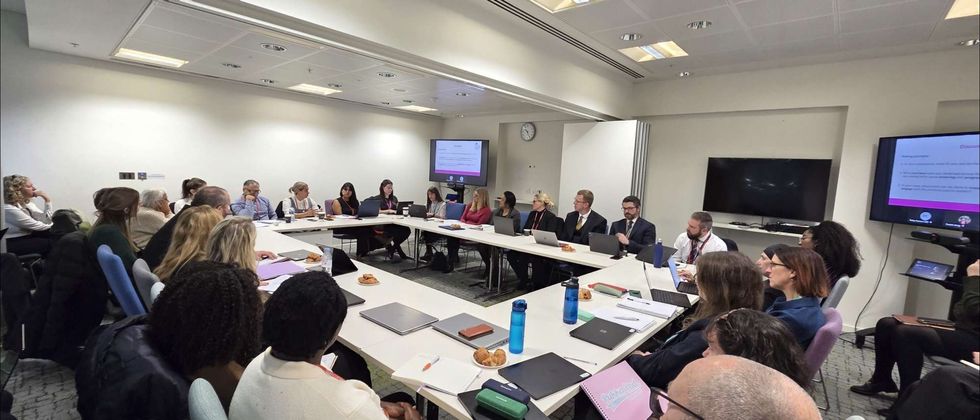EXPERTS have called for long-term, targeted intervention as the learning gap between the richest and poorest pupils in Britain has expanded by at least 46 per cent since March, according to a new study.
The National Foundation for Educational Research (NFER) said the figure was “likely to be an underestimate”, and raised concerns that disadvantaged and black, Asian and minority ethnic (BAME) children could be “months behind their better-off peers”.
More than half (53 per cent) of the teachers at schools in the most deprived areas of England said their pupils were lagging behind by “four months or more”, compared with the national average of three months for all children. In well-off areas, however, the figure was down to 15 per cent.
While just 1 per cent of pupils from the most advantaged backgrounds were found to have lost six months in learning, more than 10 times the estimate of students from the most backward areas faced similar disruption, the NFER research found.
Nearly half of all students needed “intensive catch-up support”, noted analysts as they sought enhanced targeted funding.
Angela Donkin, the NFER’s chief social scientist, said: “There remains a range of barriers for teachers and schools, which means catch-up should be seen as part of the ongoing process of learning recovery, for most pupils, rather than as a quick-turnaround solution.
“It is clear that additional support needs to be targeted at disadvantaged pupils and schools from areas of high deprivation – something that is encouragingly happening through schemes such as the national tutoring programme – although there are questions about whether the scale will be sufficient to meet the high demand for those requiring intensive support.”
A Department for Education spokesperson said the government’s “£1bn Covid catch-up package will tackle the impact of lost teaching time – including targeted funding for the most disadvantaged students”.
Experts, however, contended that a band-aid approach might not suffice, underscoring that long-term support might be essential to cover lost ground.
Paul Whiteman, general secretary of the National Association of Head Teachers, said the report was “another alarm bell the government needs to pay attention to”.
“The Covid-19 pandemic has interrupted education for the majority of children, and schools were already struggling to provide everything children needed before this crisis, damaged as they and other social services have been by a decade of austerity,” he noted.
Shadow education Secretary Kate Green said the closing down of schools saw “deep inequalities become more entrenched, and those from the most disadvantaged backgrounds lose out most”.
“This is a wake-up call for ministers,” she added. “They must ensure that schools stay open, that parents and teachers are supported, and that pupils get all the help they need to catch up.”
Josh Hillman of the Nuffield Foundation, which backed the research project, called for sustained educational support, as the “ongoing impact of Covid-19 on students’ family circumstances, such as increased levels of job insecurity, poverty and relationship breakdowns… could affect their learning and development and further widen the disadvantage gap”.
Notably, the NFER study coincided with the Education Policy Institute’s annual report that found that the attainment gap between poorer pupils and their better-off peers had stopped narrowing and went on “reverse” mode for the first time in 12 years.
David Laws, former education minister and executive chairman of the EPI, said: “This report highlights that in spite of the government’s aspiration to ‘level up’ opportunity, the education gap between poor children and the rest is no longer closing, for the first time in around a decade.
“Before the Covid crisis, disadvantaged children were around 1.5 years of learning behind other pupils, and this figure seems almost certain to have increased since the closure of schools.”





 Nasima Abukar
Nasima Abukar Narwal, Ellie Reeves MP and Emma James
Narwal, Ellie Reeves MP and Emma James The first national honour-based abuse scrutiny panel held last Tuesday (9)
The first national honour-based abuse scrutiny panel held last Tuesday (9)






